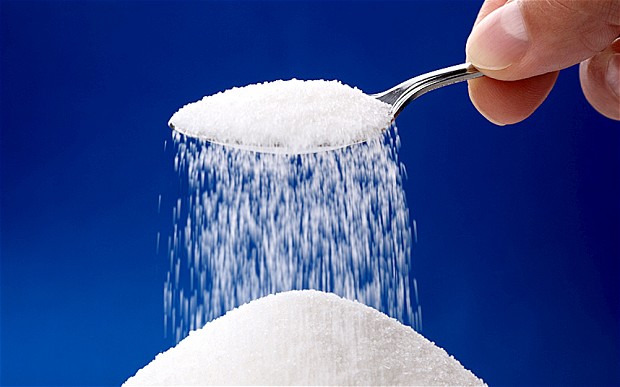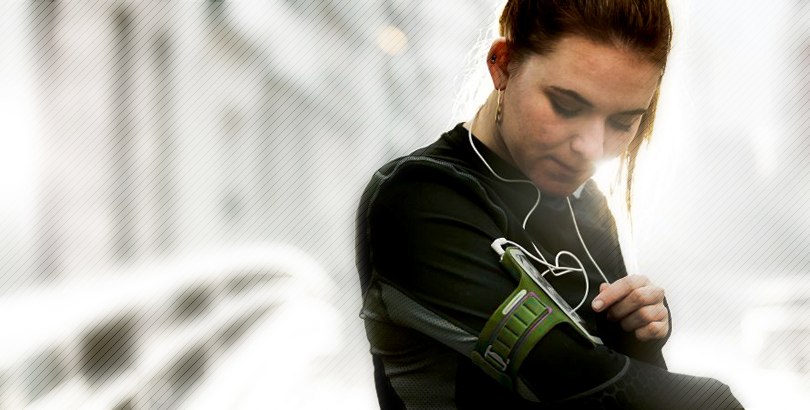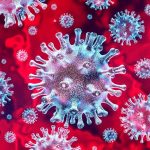Depending on the travel destination, travellers may be exposed to a number of infectious diseases; exposure depends on the presence of infectious agents in the area to be visited. The risk of becoming infected will vary according to the purpose of the trip and the itinerary within the area, the standards of accommodation, hygiene and sanitation, as well as the behaviour of the traveller. In some instances, disease can be prevented by vaccination, but there are some infectious diseases, including some of the most important and most dangerous, for which no vaccines exist.
General precautions can greatly reduce the risk of exposure to infectious agents and should always be taken for visits to any destination where there is a significant risk of exposure, regardless of whether any vaccinations or medication have been administered.
Modes of transmission and general precautions
The modes of transmission for different infectious diseases are diverse:
- Food-borne and water-borne diseases transmitted by consumption of contaminated food and drink.
- Vector-borne diseases transmitted by insects such as mosquitoes and other vectors such as ticks.
- Diseases transmitted to humans by animals (zoonoses), more particularly through animal bites or contact with animals, contaminated body fluids or faeces, or by consumption of foods of animal origin, particularly meat and milk products.
- Sexually transmitted diseases passed from person to person through unsafe sexual practices.
- Blood-borne diseases transmitted by direct contact with infected blood or other body fluids
- Air-borne diseases involving droplets and droplets nuclei. Droplet nuclei <5 µm in size are disseminated in the air and breathed in. These droplet nuclei can remain suspended in the air for some time. Droplet nuclei are the residuals of evaporated droplets. Droplet transmission occurs when larger particles (>5 µm) contact the mucous membranes of the nose and mouth or conjunctivae of a susceptible individual. Droplets are usually generated by the infected individual during coughing, sneezing or talking.
- Diseases transmitted via soil include those caused by dormant forms (spores) of infectious agents, which can cause infection by contact with broken skin (minor cuts, scratches, etc).




















